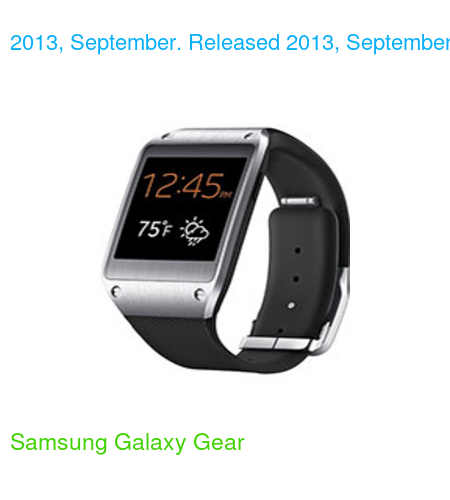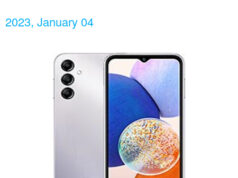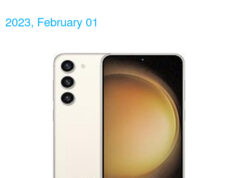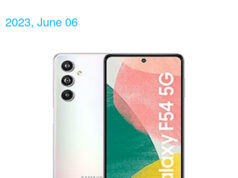| 📱 Samsung Galaxy Gear | LAUNCH 2013, September. Released 2013, September 56.6 x 36.8 x 11.1 mm (2.23 x 1.45 x 0.44 in) Discontinued |
| NETWORK | Technology No cellular connectivity |
| Weight | 73.8 g (2.61 oz) |
| SIM | No |
| DISPLAY | Type Super AMOLED |
| Size | 1.63 inches |
| Resolution | 320 x 320 pixels (~278 ppi density) |
| PLATFORM | OS Tizen OS |
| Chipset | Exynos |
| CPU | 800 MHz |
| MEMORY | Card slot No |
| Internal | 4GB 512MB RAM |
| MAIN CAMERA | Single 1.9 MP, AF |
| SELFIE CAMERA | No |
| SOUND | Loudspeaker Yes 3.5mm jack No |
| COMMS | WLAN No Bluetooth 4.0, LE Positioning No NFC No Radio No USB No |
| FEATURES | Sensors Accelerometer, gyro |
| BATTERY | Type Li-Ion 315 mAh, non-removable |
Specifications data description of this 📱Samsung Galaxy Gear📱
Title: A Look Back at the Samsung Galaxy Gear: Specifications and Reflections
Introduction
The Samsung Galaxy Gear, released in 2013, was one of the first smartwatches to hit the market. As a pioneer in wearable technology, it brought a new form factor to the world of smart devices. This post will explore the Galaxy Gear’s design, specifications, and its place in the lineup of Samsung’s smartwatch legacy.
Lineup
Launched 📅 in September 2013, the Galaxy Gear was Samsung’s first attempt at a smartwatch. It was part of a larger lineup of devices that aimed to establish the company’s presence in various tech markets. The watch’s unique selling point was its seamless integration with Samsung smartphones, demonstrating the company’s dedication to offering a cohesive ecosystem.
Design
The Samsung Galaxy Gear had a sleek design, with dimensions of 56.6 x 36.8 x 11.1 mm (2.23 x 1.45 x 0.44 in) and a weight of 73.8 g (2.61 oz) 🏋️. It was available in a variety of colors and designed to be worn on the wrist. While the overall design was well-received, the bulky nature of the device made it somewhat less appealing compared to its successors.
Specifications
The Galaxy Gear sported a Super AMOLED display with a size of 1.63 inches and a resolution of 320 x 320 pixels (~278 ppi density) 🌈. The device used Tizen OS and was powered by an Exynos chipset with an 800 MHz CPU. It packed a 4GB internal memory and 512MB RAM 🤖. Other notable features included an 1.9 MP camera, Bluetooth 4.0, LE, and a non-removable Li-Ion 315 mAh battery 📷🔋.
Conclusion
The Samsung Galaxy Gear, while not perfect, played a crucial role in shaping today’s smartwatch landscape. With its innovative design and groundbreaking integration capabilities, Samsung was able to establish a solid foundation for its future wearable devices 🌐.
Now that you’ve learned about the Samsung Galaxy Gear, we encourage you to leave a comment and share your thoughts on this pioneering smartwatch. Join the discussion as we appreciate the journey of smartwatch evolution!







